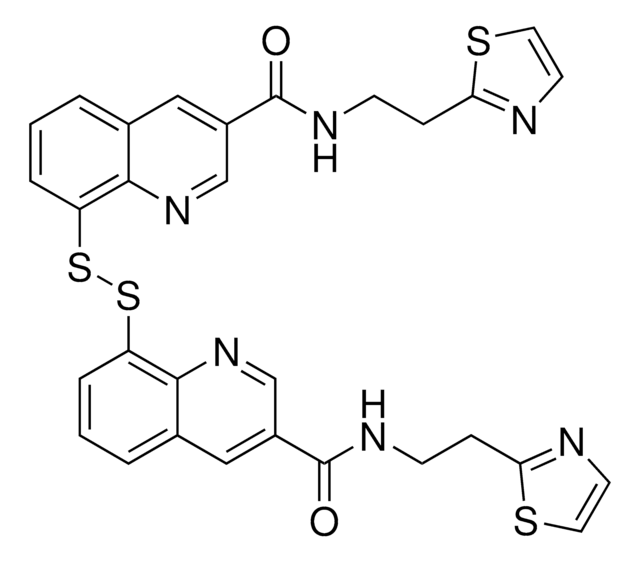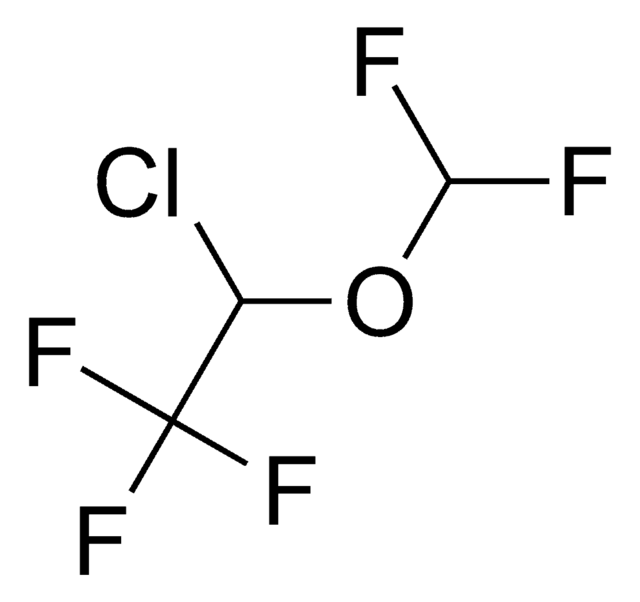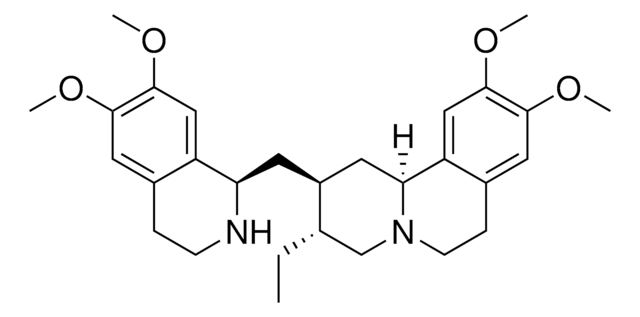Wichtige Dokumente
E0532
Monoclonal Anti-Epidermal Growth Factor Receptor antibody produced in mouse
clone 102618, purified immunoglobulin, lyophilized powder
Synonym(e):
Anti-EGFR
About This Item
Empfohlene Produkte
Biologische Quelle
mouse
Qualitätsniveau
Konjugat
unconjugated
Antikörperform
purified immunoglobulin
Antikörper-Produkttyp
primary antibodies
Klon
102618, monoclonal
Form
lyophilized powder
Speziesreaktivität
human
Methode(n)
western blot: 1-2 μg/mL
Isotyp
IgG2b
UniProt-Hinterlegungsnummer
Lagertemp.
−20°C
Posttranslationale Modifikation Target
unmodified
Angaben zum Gen
human ... EGFR(1956)
Suchen Sie nach ähnlichen Produkten? Aufrufen Leitfaden zum Produktvergleich
Allgemeine Beschreibung
Monoclonal anti-EGF Receptor detects human EGF receptor. This antibody shows no cross-reactivity with recombinant mouse EGF R, recombinant human ErbB2, recombinant mouse ErbB2, recombinant human ErbB3, or recombinant human ErbB4.
Immunogen
Anwendung
Physikalische Form
Haftungsausschluss
Sie haben nicht das passende Produkt gefunden?
Probieren Sie unser Produkt-Auswahlhilfe. aus.
Empfehlung
Ähnliches Produkt
Lagerklassenschlüssel
13 - Non Combustible Solids
WGK
WGK 1
Flammpunkt (°F)
Not applicable
Flammpunkt (°C)
Not applicable
Persönliche Schutzausrüstung
Eyeshields, Gloves, type N95 (US)
Hier finden Sie alle aktuellen Versionen:
Besitzen Sie dieses Produkt bereits?
In der Dokumentenbibliothek finden Sie die Dokumentation zu den Produkten, die Sie kürzlich erworben haben.
Unser Team von Wissenschaftlern verfügt über Erfahrung in allen Forschungsbereichen einschließlich Life Science, Materialwissenschaften, chemischer Synthese, Chromatographie, Analytik und vielen mehr..
Setzen Sie sich mit dem technischen Dienst in Verbindung.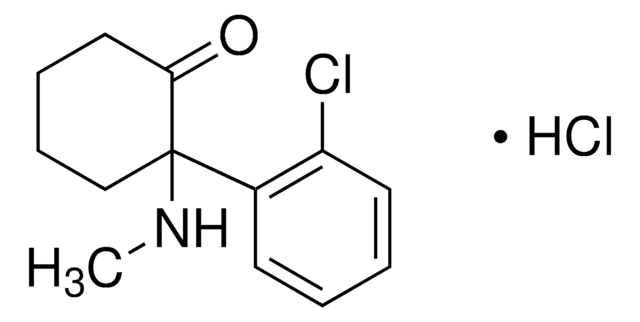
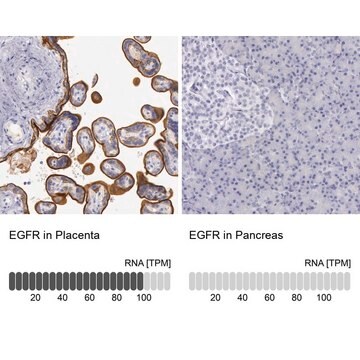

![[Asn1, Val5]-Angiotensin II ≥97% (HPLC)](/deepweb/assets/sigmaaldrich/product/structures/380/827/d4959a32-f11c-488c-9bc0-86d4d43cb5cb/640/d4959a32-f11c-488c-9bc0-86d4d43cb5cb.png)
